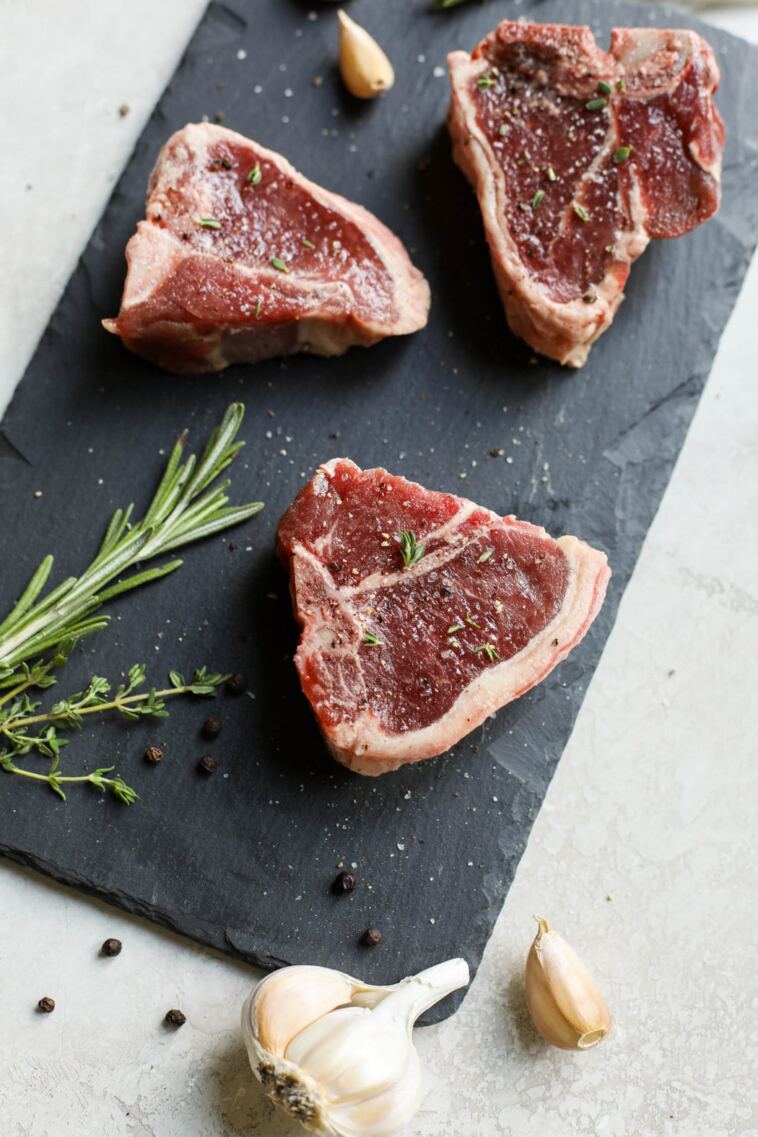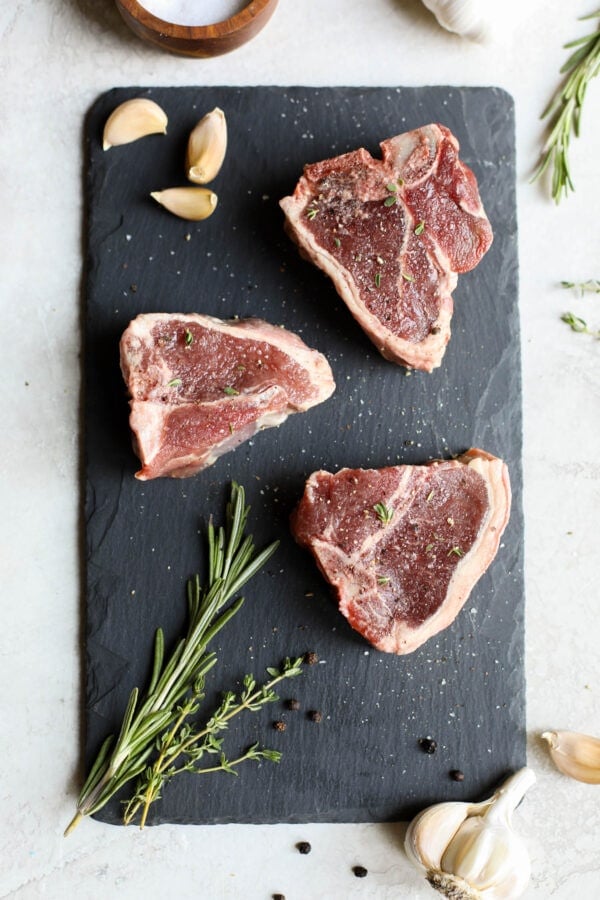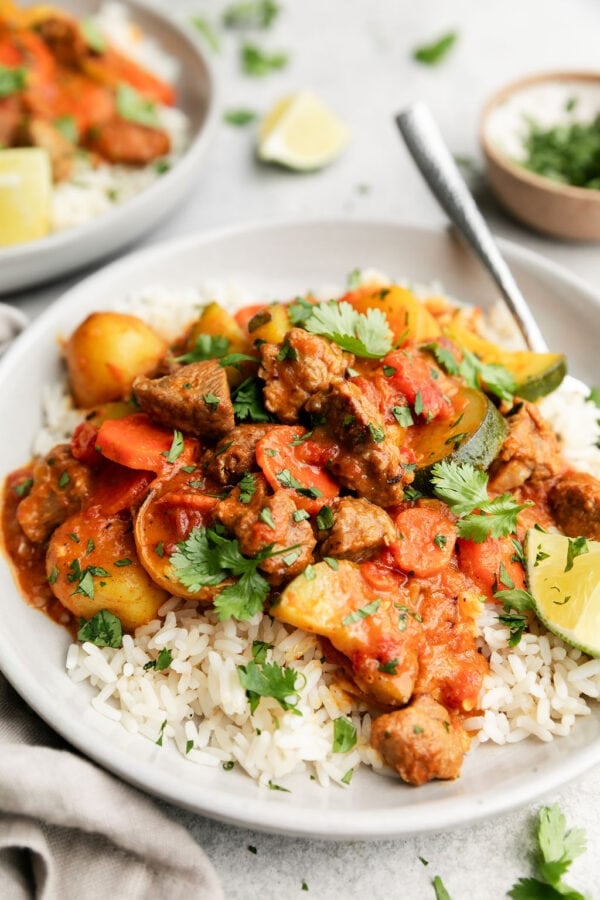- Like
- SHARE
- Digg
- Del
- Tumblr
- VKontakte
- Flattr
- Buffer
- Love This
- Save
- Odnoklassniki
- Meneame
- Blogger
- Amazon
- Yahoo Mail
- Gmail
- AOL
- Newsvine
- HackerNews
- Evernote
- MySpace
- Mail.ru
- Viadeo
- Line
- Comments
- Yummly
- SMS
- Viber
- Telegram
- JOIN
- Skype
- Facebook Messenger
- Kakao
- LiveJournal
- Yammer
- Edgar
- Fintel
- Mix
- Instapaper
- Copy Link
Whether you love to eat lamb or you’ve never cooked or eaten lamb meat in your life, there are many benefits and reasons to add this high-quality protein to your healthy menus. In this article you’ll learn more about the health benefits of grass-fed lamb meat, different cuts of lamb and how they’re typically cooked, and most importantly how to find 100% New Zealand grass-fed lamb in a store near you. You’ll discover what lamb tastes like and the types of recipes that showcase its flavor best.
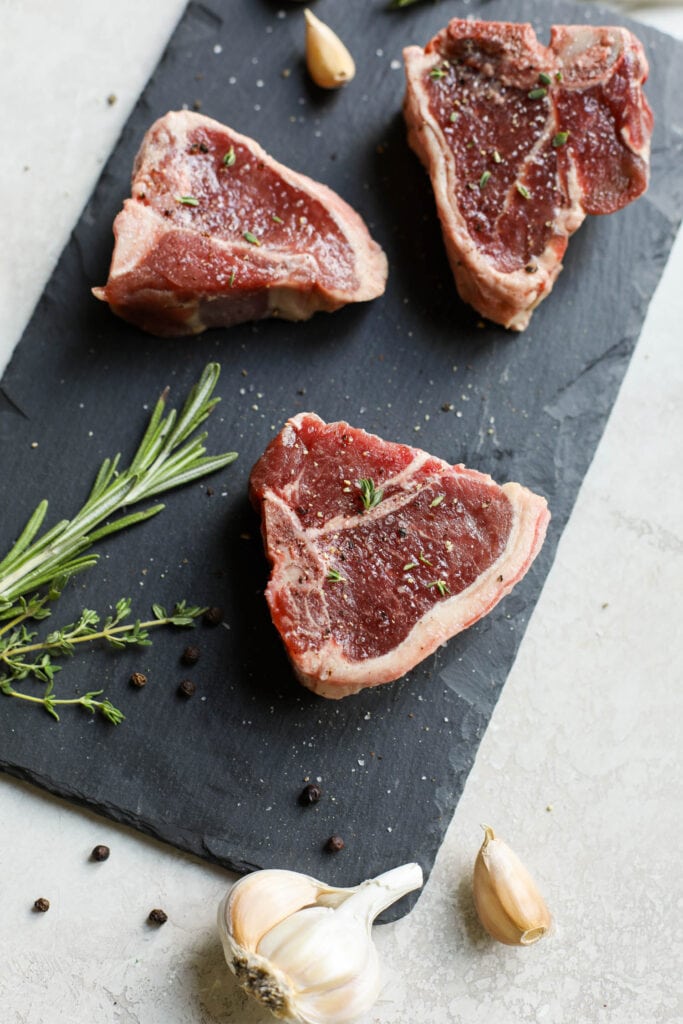
Highlights: Lamb Nutrition At A Glance
Grass-fed lamb, especially that raised in New Zealand, is a high-quality protein and red meat that is:
- A rich source of all nine essential amino acids, iron, zinc, and vitamin B12 that your body needs for growth and maintenance
- High in vitamins A and E, which have many antioxidant properties
- Lower in total fat and with more conjugated linoleic acid (CLA) and a healthier omega 3 to omega 6 ratio than grain-fed lamb meat
- Naturally low in sodium
Lamb is a type of red meat that comes from young domestic sheep (aka young sheep or young lamb), in their first year (under 12 months old). Whereas mutton is lamb meat that comes from adult sheep. Lamb and mutton are both terms used to describe lamb meat on menus and in recipes.
Lamb is a delicious type of high-quality protein that’s eaten and incorporated into many cultures and cuisines, including those of America, New Zealand, Australia, as well as countries in Europe and the Middle East. Italian, Grecian, North African, Australian, Indian, Iranian, and other Middle Eastern cuisines especially embrace lamb meat. Many American chefs love to incorporate lamb meat into their dishes because of the depth of flavor and satisfying meals that can be created with it.
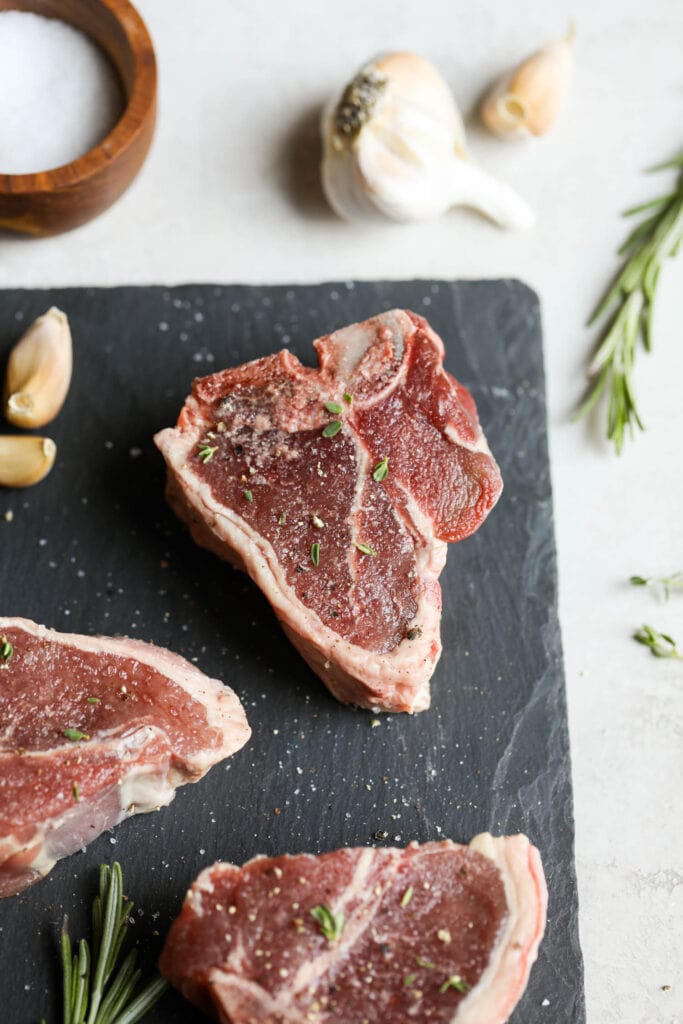
Whether you eat lamb regularly or not probably has a lot to do with your culinary influences growing up (whether lamb meat was common in your childhood home-cooked meals).
If you are new to lamb, it’s definitely a healthy and delicious protein source that shouldn’t be overlooked, as it can add more variety and nutrition to your regular meal plans. When you think about how to incorporate it more, treat it like beef. Any recipe that calls for ground beef, for example, can be made with ground lamb instead.
Lamb is raised either as grain-fed livestock or as grass-fed livestock (our preferred method). In the same way that grass-fed beef offers many benefits for the farmers, animals, planet, and the people who eat it, grass-fed lamb is a higher quality choice when it comes to selecting lamb meat. When lamb are allowed to graze on grass and fed on GMO-free pasture with no added antibiotics or hormones, the result is healthier animals and better quality and tasting meat.
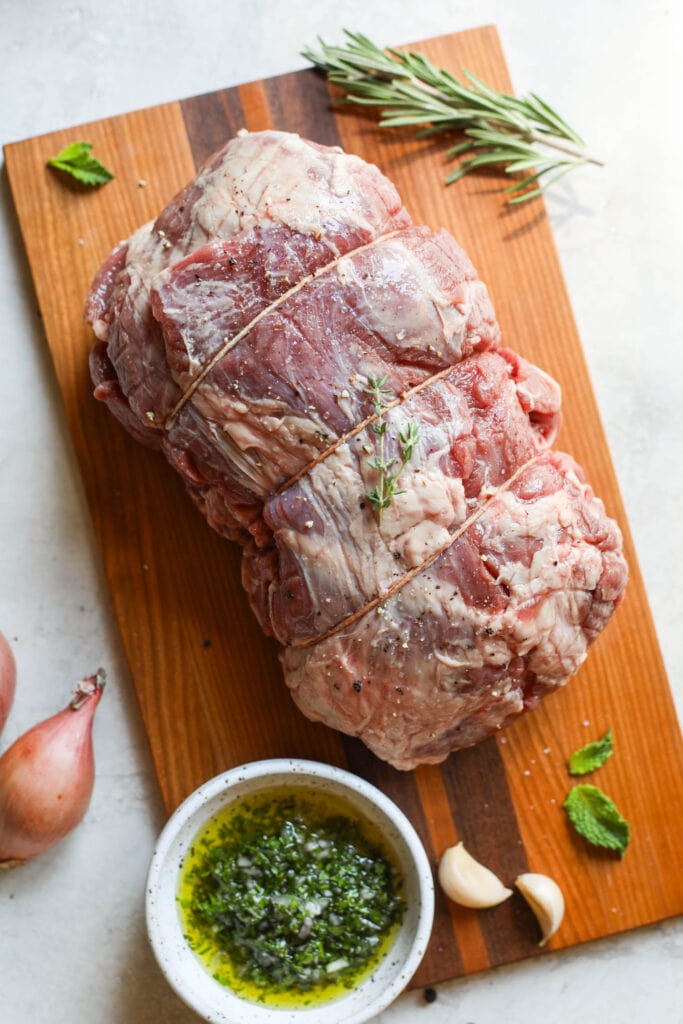
Grass-Fed Lamb Meat From New Zealand
New Zealand is known for producing some of the highest quality grass-fed lamb you can buy. The country’s climate is temperate and lambs live in harmony with nature, grazing outdoors year round, in wide open spaces brimming with lush, green grasses.
Atkins Ranch is a well-known New Zealand grass-fed lamb producer representing a collective of farmers, many of whom are tending third, fourth, and fifth generation ranches. These families have grown up raising high-quality lamb on their family farms, not on feedlots or factories, and using methods passed down from generation to generation.
Their regenerative farming practices aim to preserve the health of the soil, water, animals, biodiversity, and future farmers, while also serving as a critical means of carbon sequestration. For these reasons, Atkins Ranch in New Zealand has a legacy of being a top producer of grass-fed lamb meat that is known for being delicious, pure, and naturally raised. Additionally, the taste of grass-fed lamb from New Zealand is unrivaled; it’s leaner, more finely textured, and more naturally flavorful than other lamb meat you’ll find.
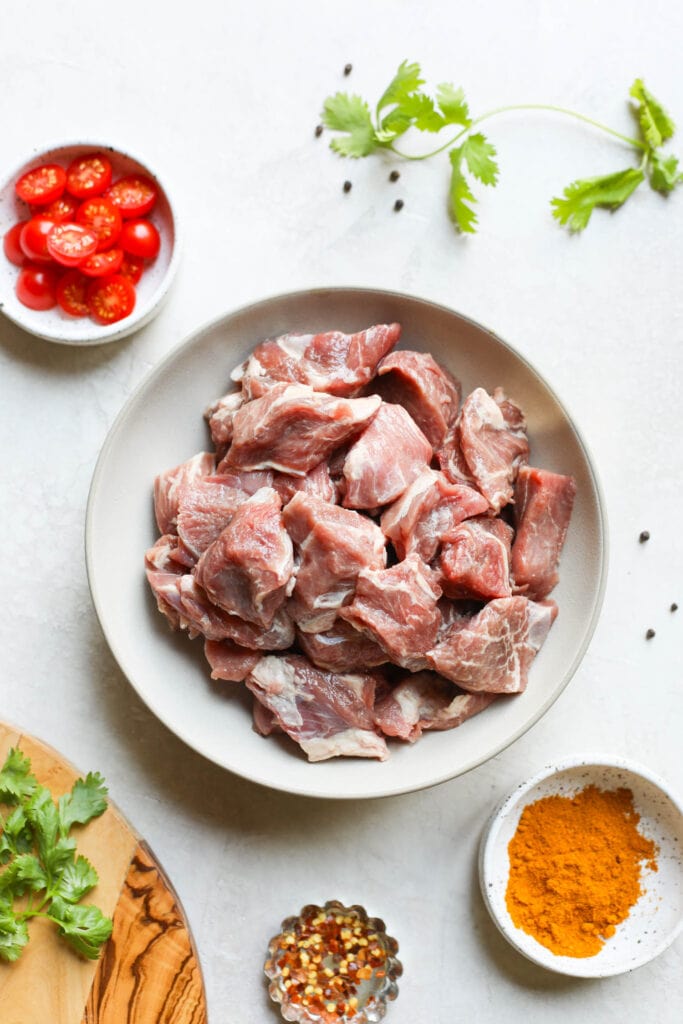
Different Cuts Of Lamb Meat
Lamb is incredibly tasty and surprisingly easy to prepare. It’s also extremely versatile and suits a wide range of dishes and flavors. If you’re new to cooking lamb, simply treat it like beef. Here are the common cuts of lamb (both bone-in and boneless) that you’ll find in stores and available online:
- Lamb chops – a lamb loin chop is cut from the saddle of the lamb and known for being tender and packed with flavor. They can be seared or grilled, a lot like mini T-bone steaks.
- Lamb shoulder – shoulder blade chops (or lamb shoulder chops) are higher in fat and excellent for stovetop and BBQ cooking, whereas bone-in shoulder and boneless shoulder roast are types of larger lamb roasts that are perfect for slow-cooking and braising applications. Ground lamb also comes from the lamb shoulder.
- Rack of lamb – a lamb rib chop and rack of lamb (or lamb rack) are iconic cuts of lamb that are known for being succulent, with mild flavor, and easy to prepare. Rack of lamb typically comes Frenched (with the rib bones exposed) and is available with either the fat cap left on or removed.
- Ground lamb – this boneless, ground type of lamb is similar to ground beef and comes from the lamb shoulder. It’s an easy way to start cooking with lamb and can be used in any recipes that call for ground beef.
- Lamb shank – this cut comes from the lower part of the lamb leg and, when cooked slowly (like a slow-cooked roast), it develops rich flavor, wonderful texture, and succulent meat that falls from the bone.
- Leg of lamb – this cut comes from the upper part of the lamb leg and can be prepared as a bone-in or boneless roast, as well as steaks. These cuts are most appropriate for slow cooking, braising, or BBQ, and result in firm but tender meat.
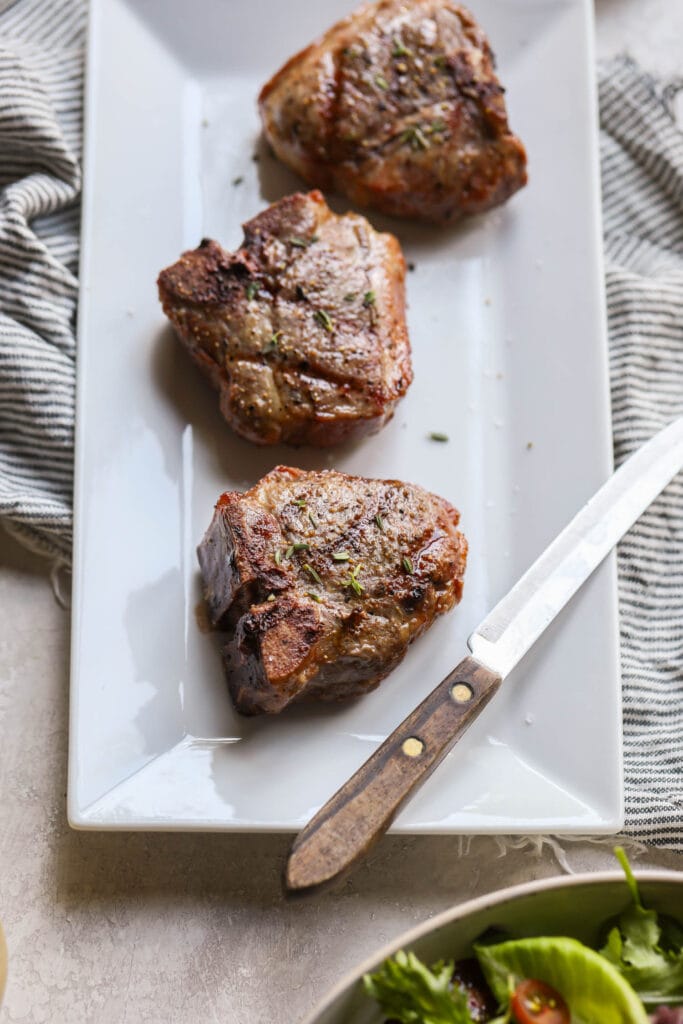
Grass-Fed Lamb Meat Nutrition
A 4-ounce serving of cooked ground lamb provides these macro nutrients:
- 217 calories
- 12 g fat (6 g saturated fat, 5 g monounsaturated fat, <1 g polyunsaturated fat)
- 37 mg sodium
- 0 g carb (0 g fiber, 0 g sugars)
- 25 g protein
- 80 mg cholesterol
A 2-ounce grilled bone-in lamb rib chop provides these macro nutrients:
- 126 calories
- 6 g fat (3 g saturated fat, 3 g monounsaturated fat, <0.5 g polyunsaturated fat)
- 26 mg sodium
- 0 g carb (0 g fiber, 0 g sugars)
- 17 g protein
- 50 mg cholesterol
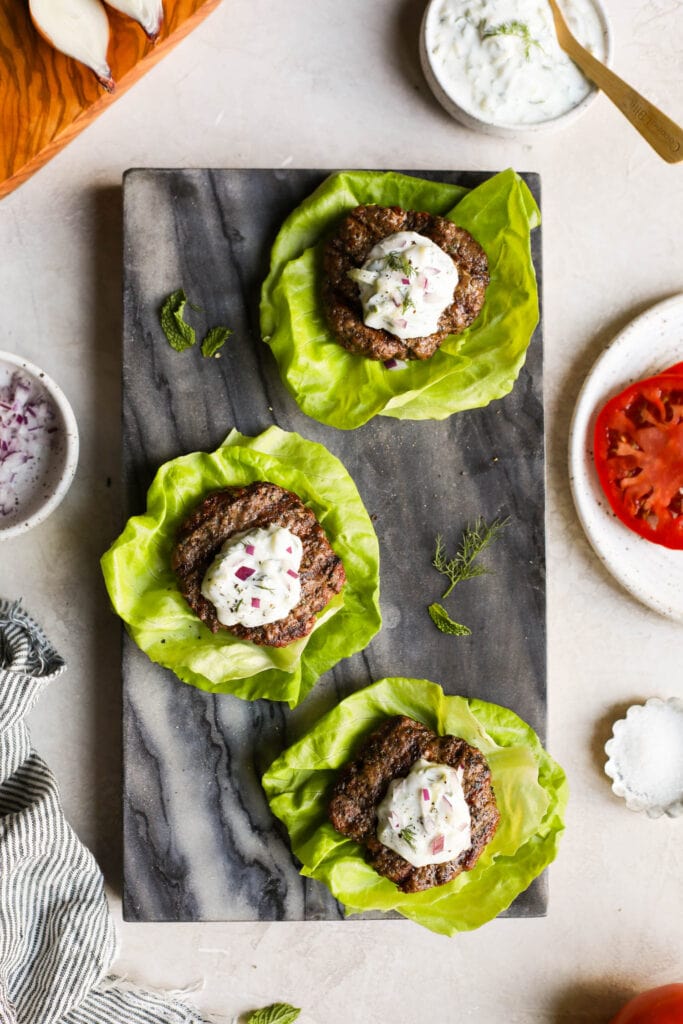
A Closer Look At Lamb Health Benefits
Lamb is a great choice as a healthy addition to meals and recipes. Here are some of the health benefits that lamb meat provides.
- Every cut of lamb meat is a high-quality protein source, providing all nine essential amino acids your body needs for growth and maintenance
- Lamb contains saturated fats and monounsaturated fats in nearly equal amounts. Compared to grain-fed lamb, grass-fed lamb is lower in total fat and contains more conjugated linoleic acid (CLA), as well as a healthier omega-3 to omega-6 ratio
- Rich in vitamins and minerals, lamb boasts a high amount of B vitamins, especially vitamin B3 (niacin) and vitamin B12, which are important for brain function, heart health, and energy production
- Lamb is a good source of several essential minerals, including bioavailable iron, selenium, zinc, and phosphorous, which help control hormones and body fluids, and play an important role in immunity, focus, cardiovascular health, and cell maintenance
- Creatine, taurine, and glutathione are nutrients naturally occurring in lamb that are beneficial for muscle growth and maintenance
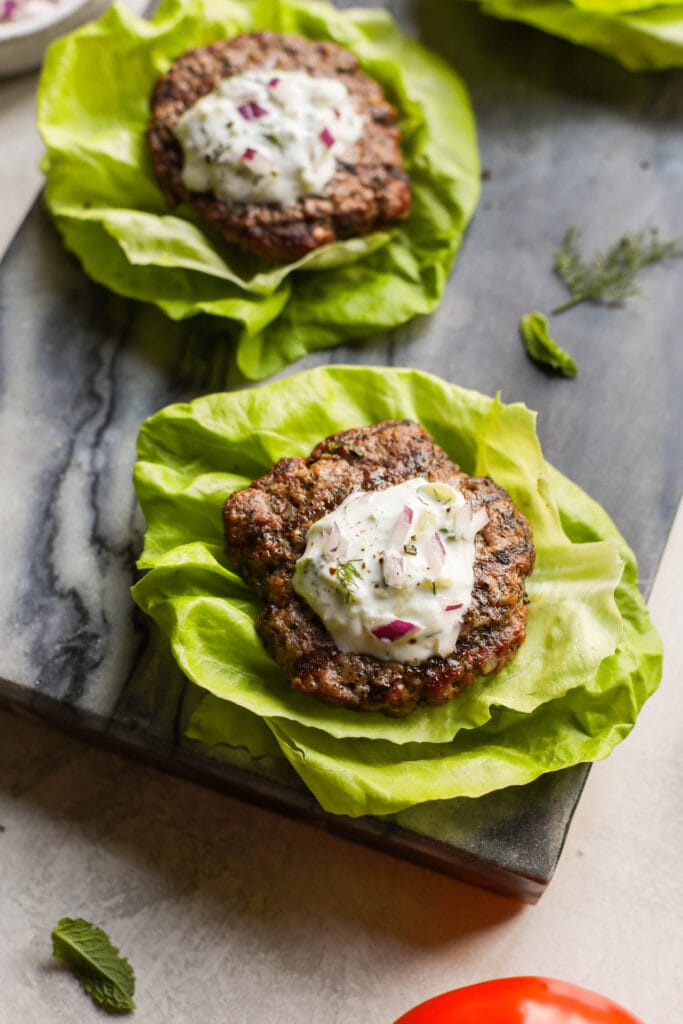
How To Cook Lamb Meat
When you consider that cooking lamb is a lot like cooking beef, then you realize there are a multitude of ways to cook lamb meat. Ground lamb, for example, can be sautéed in a pan, baked in casseroles, or grilled as burgers. Roasts and leg of lamb lend themselves well to slow-cooking, Instant Pot cooking, and braising. Whereas lamb chops can be pan-seared or grilled on the BBQ. When cooking lamb chops and lamb steaks, you can cook them to your desired doneness, similar to a beef steak. Somewhere in the 130° to 140° tends to be the preferred doneness for most people and results in a juicy and tender lamb meal.
- 120° = Rare: Deep pink verging on red center, very juicy, “bloody”
- 130° = Medium-rare: Warm pink center, juicy, flavorful and tender
- 140° = Medium Light: Pink center, moist but not as juicy. Completely rendered fat.
- 150° = Medium-well: Barely pink center turning to gray, verging on dry
- 160° = Well-done: Gray throughout and dry
Frequently Asked Questions
Is lamb meat healthy?
Lamb meat is a high-quality protein and can be part of a healthful eating plan. It’s a good source of essential amino acids, B vitamins, and minerals. Additionally, grass-fed lamb contains less fat and a healthier fat profile than grain-fed lamb does.
Is lamb a goat or a sheep?
Lamb meat comes from sheep. The term lamb is used for meat that comes from sheep that are less than 12 months of age, while the term mutton is used for meat that comes from sheep that are more than 12 months old.
What does lamb taste like?
Many people describe the taste of lamb meat as earthy and slightly sweet, especially from grass-fed lamb. Other words commonly used to describe lamb are: robust, flavor-forward, well-balanced, slightly tangy, and rich.
What kind of meat is lamb?
Lamb is considered to be red meat, similar to pork and beef, due to its rich iron content.
What is spring lamb?
Spring lamb is meat from lambs in the range of three to five months old. It is known for being mild and very tender.
What do you eat lamb meat with?
Lamb is a versatile protein that can be paired with many types of vegetables, spices, seasonings, herbs, and grains. Some foods that are commonly paired with lamb include sweet potatoes, potatoes, Brussels sprouts, asparagus, carrots, rice, quinoa, asparagus, and spinach.
What are some popular dishes that use lamb?
Lamb meat is often used to make gyros, curries, stews and soups, tagines, lamb burgers, meatballs, grilled skewers, slow-cooked roasts, lamb chop dinners, and Italian dishes like ragu. Lamb dishes are served year-round and for a variety of occasions. Rack of lamb and crown roast of lamb are special occasion recipes often served at holiday dinners like Easter, for example. Grilled lamb ribeye and sirloin chops are popular on the grill in the summer. And dishes like ragu, curries, roasts, and recipes made with ground lamb are weeknight favorites.
What are some of the benefits of eating lamb?
Due to its quality protein content, as well as other essential nutrients it provides, eating lamb regularly can be beneficial for lean muscle mass and maintenance, disease prevention and immunity, as well as weight maintenance and improved physical performance.
Pin It Now To Reference Later
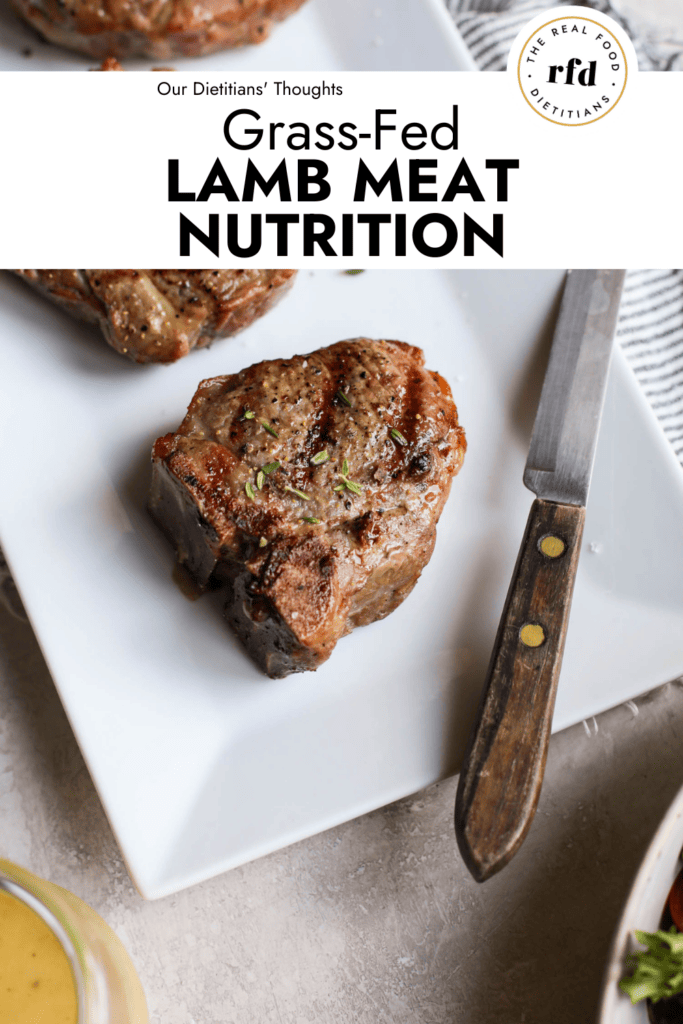
This is a sponsored post. Although we received compensation for this post, the opinions expressed here are – as always – 100% our own. Thank you for supporting the great companies we work with thereby allowing us to continue creating high-quality recipes and content for you.
For ultimate success, we highly recommend reading the tips in the full blog post above. All photos and content are copyright protected. Please do not use our photos without prior written permission. If you wish to republish any content, please rewrite it in your own unique words. Link back to the source here on The Real Food Dietitians. Thank you!
